- the video tutorial explains how to implement a rust effect on objects that intersect with a water plane
- describes how to calculate the distance between a point and a plane
- implemented using the Godot engine
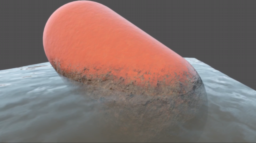
- the article explains the sorting, rendering layer design for a 2D game
- implemented using Unity
- sorting layers also interact with how the dynamic 2D lights interact with the sprites
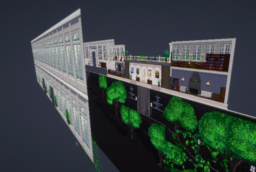
- the talk provides an overview of WebGPU and provides an overview of the implementation using Rust
- this implementation is used by Firefox
- shows the design considerations for the API, how to use it, and implementation discussions
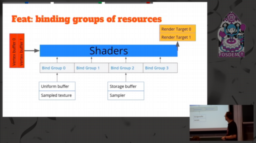
- the blog post explains how to implement a simple Toon Lighting shader using the Amplify Shader Editor inside of Unity
- shows how to configure the effect and use the idea to archive different looks

- the Unity tutorial shows how to generate mesh data on compute shaders and draw them from the GPU without a CPU roundtrip
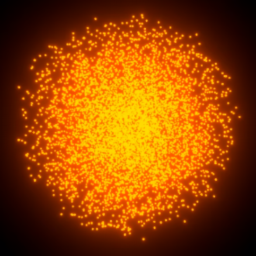
- this guide explains how to use the Vulkan Synchronization Validation layer
- shows what kind of problems it can detect, how to debug these issues, and explain how to understand the messages
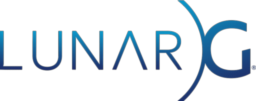
- the blog posts explains how PIX for windows captures work
- provides insights into how the focus has shifted from API focused recording to GPU work recording

- the article explains how to implement a heat haze screenspace effect for a 2D game using Unity
- implementation is done using Shader Graph
- a video version of the tutorial is available too

- article shows the new Instruction Timing, Theoretical occupancy, and UI improvements in the latest version
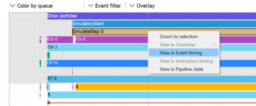
- new release adds support for NVIDIA Ampere microarchitecture
- support for the Vulkan added to the Shader Profiler (including raytracing)
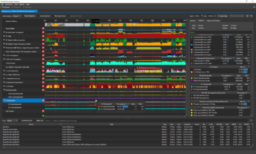
- Vulkan validation layer has been updated to include additional and improved validation messages
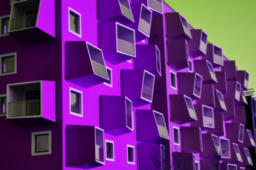
- the paper presents a physically-based model for the realtime rendering of sparkling materials
- the implementation uses a pre-computed BRDF dictionary of ~390KB size
- precomputation is independent of smoothness, so runtime variations are possible

Thanks to Michael Riegger for support of this series.
Would you like to see your name here too? Become a Patreon of this series.
